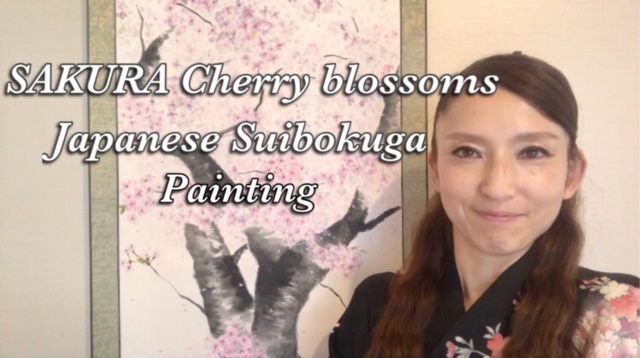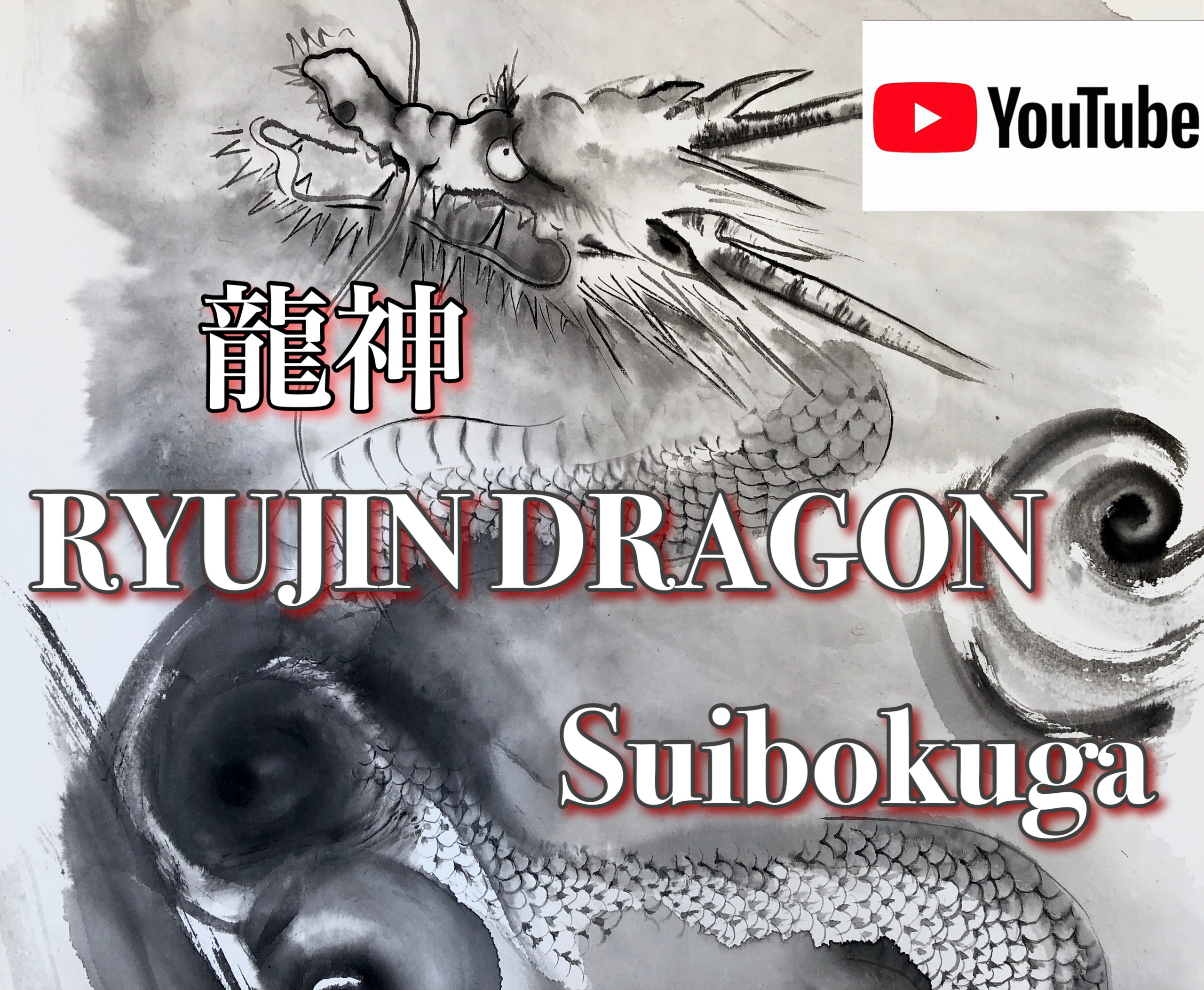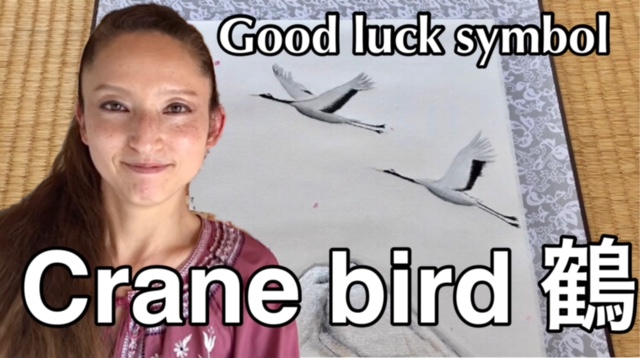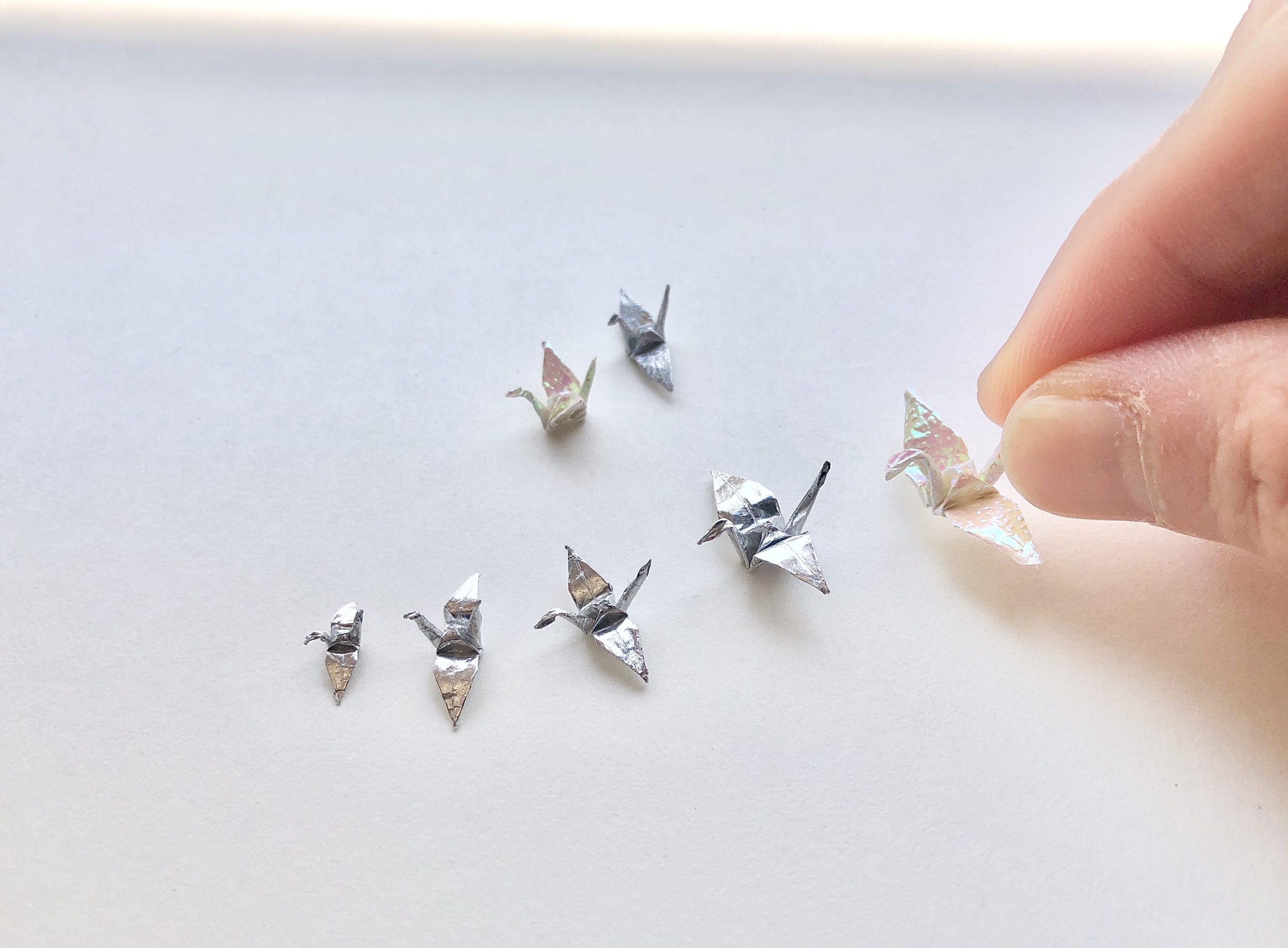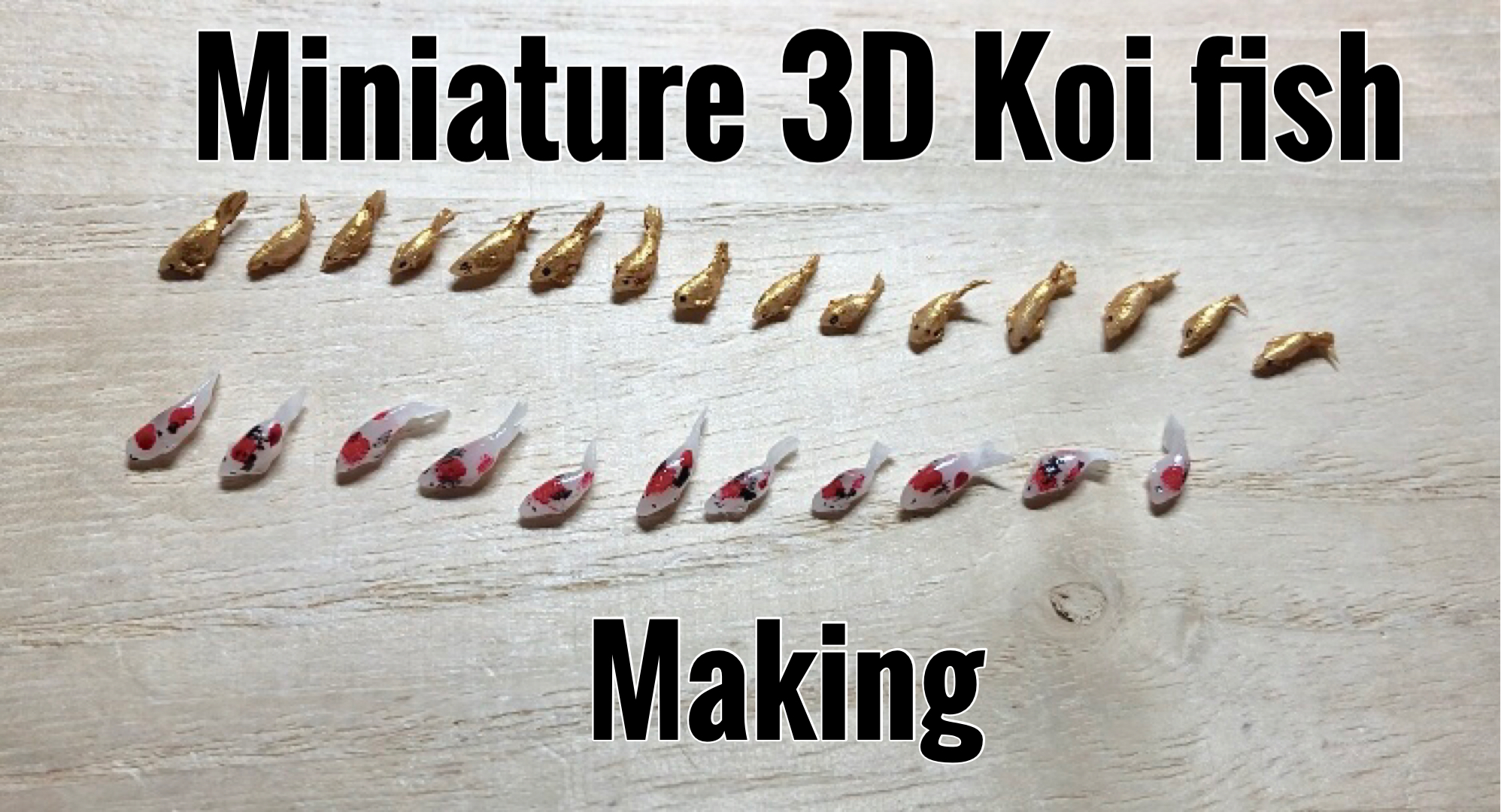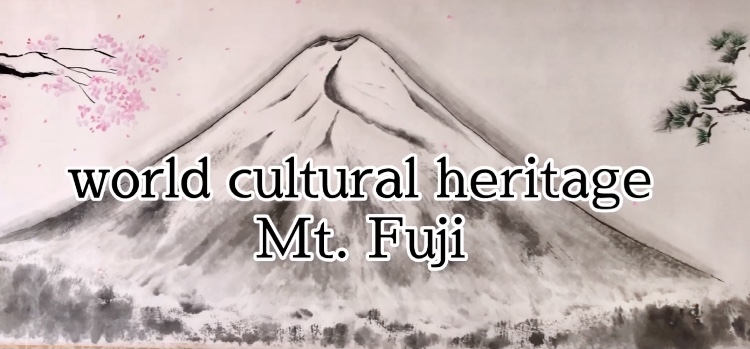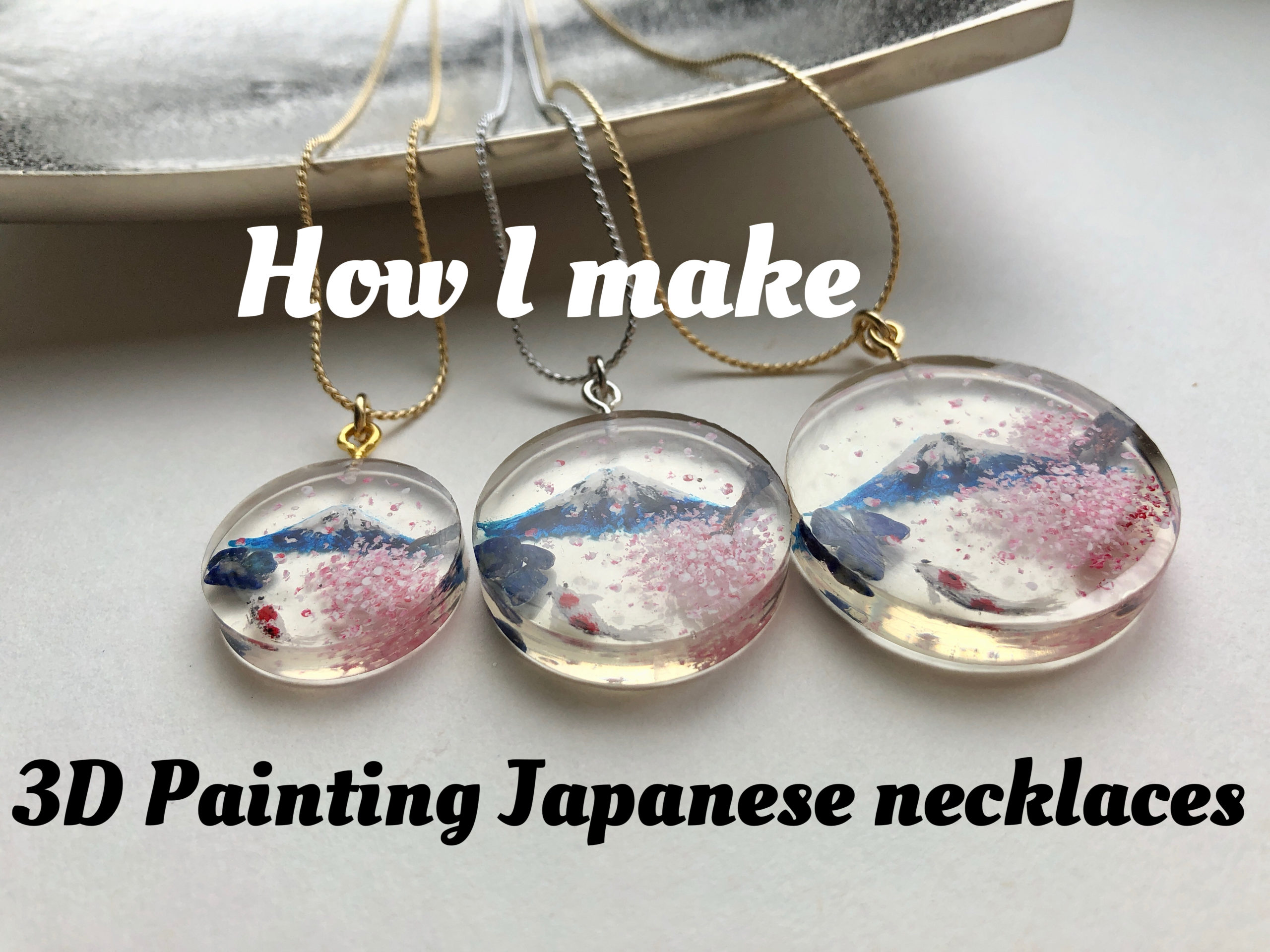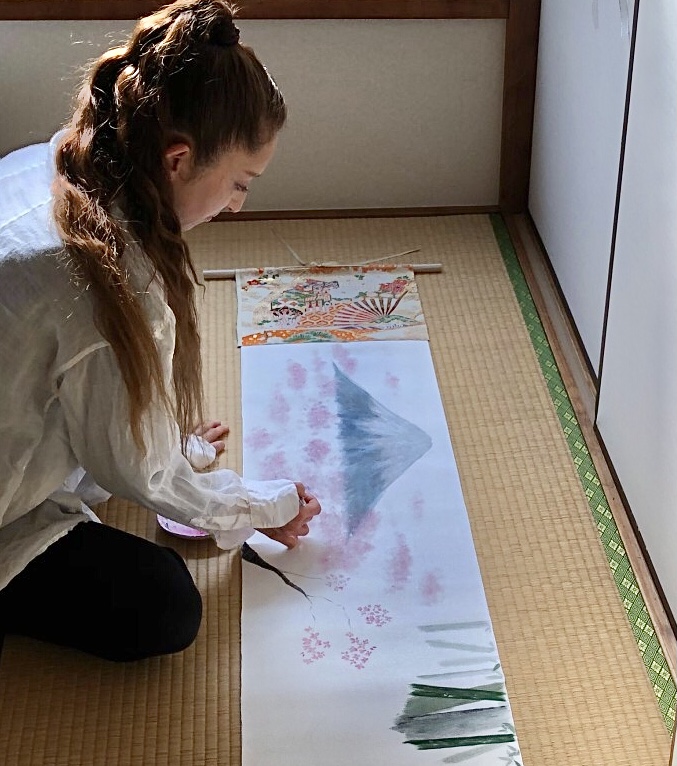YouTube videos of Kyoto & Nara temples and shrines visit
We published our Tokyo/Japan Explore spots YouTube videos, about “Kyoto & Nara trip”. There are 8 videos about Kyoto & Nara temples and shrines visit. They are about visiting not well known popular tourist spots (some are famous already though), …
YouTube videos of Kyoto & Nara temples and shrines visit Read more »
